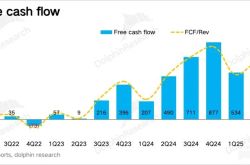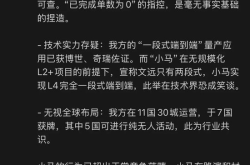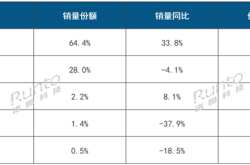iPhone 17 Pro: A Step Too Far in Thickness!
![]() 03/26 2025
03/26 2025
![]() 538
538
Many have voiced that genuine innovation in smartphones has hit a wall. This sentiment rings true, as advancements in underlying technologies have plateaued, limiting the potential for groundbreaking features. Nonetheless, the quest for novelty persists. In the absence of substantial internal upgrades, manufacturers often turn to altering aesthetics—a relatively straightforward approach. Consequently, slimming down smartphones has become a key focus. Samsung is poised to lead this charge with the rumored S25 edge, boasting a mere 5.8mm thickness, set to debut next month. Apple is hot on its heels with the iPhone 17 Air, aiming for an even slimmer 5.5mm profile.
Recently, a foreign blogger shared a comparison of mockups for the iPhone 17 Air and 17 Pro. Notably, the Pro variant's thickness nearly doubles that of the Air. If the Air measures 5.5mm, the Pro is expected to clock in at close to 10mm. It's worth mentioning that the iPhone 16 Pro, with its 8.25mm thickness, already felt somewhat cumbersome. As such, the 17 Pro, anticipated to weigh 250 grams, has been dubbed "Half-Kilo Apple."
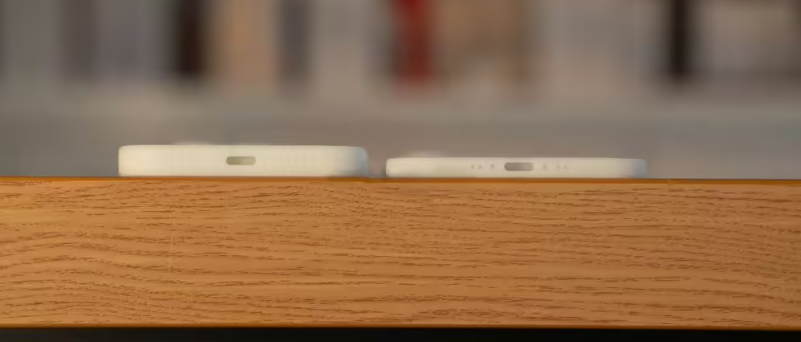
And that's just the body's thickness. Earlier reports from domestic sources indicate that while the iPhone 17 Air's 5.5mm profile makes it appear sleek, its camera module protrudes by 4mm, accounting for 72% of the body's thickness, bringing the total to 9.5mm. Given its slender frame, a protective case is virtually a necessity, but this adds at least 1mm to the thickness, detracting from the slim design's appeal. Without a case, however, the delicate build is susceptible to damage, leaving users in a quandary.
With the Air version featuring a single rear camera yet boasting such a prominent camera module, the Pro variant, with its triple cameras, must cram even more imaging components inside, further increasing its thickness. At nearly 10mm (easily surpassing 10mm with a protective case) and with a more pronounced camera bump, the sense of bulkiness will undoubtedly be heightened.
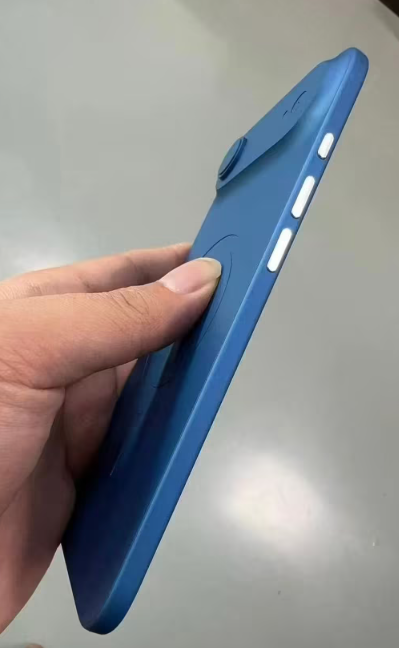
Some netizens have quipped that Apple deliberately makes the Pro version thicker to accentuate the Air's slimness. Initially dismissed as a joke, this theory now appears increasingly plausible. Product comparisons can create a stark impression on consumers, and with the Pro version being so thick, one might wonder if Apple fears it will hinder sales.
In reality, Apple has little to fear. Year after year, the majority of new iPhone sales are driven by the Pro models, and the iPhone 17 series will likely follow suit. While the ultra-slim Air version will undoubtedly attract attention, its drawbacks are equally apparent—namely, battery life. Pairing a large screen and the latest chip with a roughly 3300mAh battery means heavy users will need to stay tethered to a charger. The Pro version, on the other hand, faces far fewer such constraints.
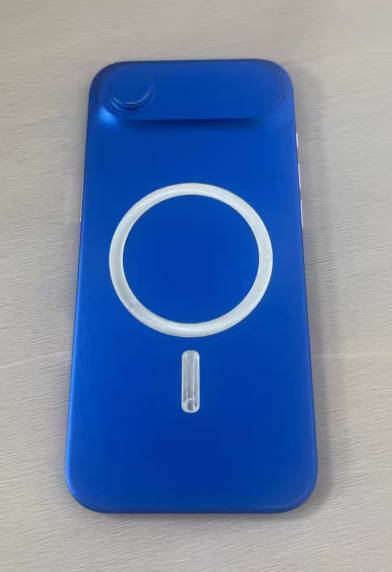
So, which would you prefer?

